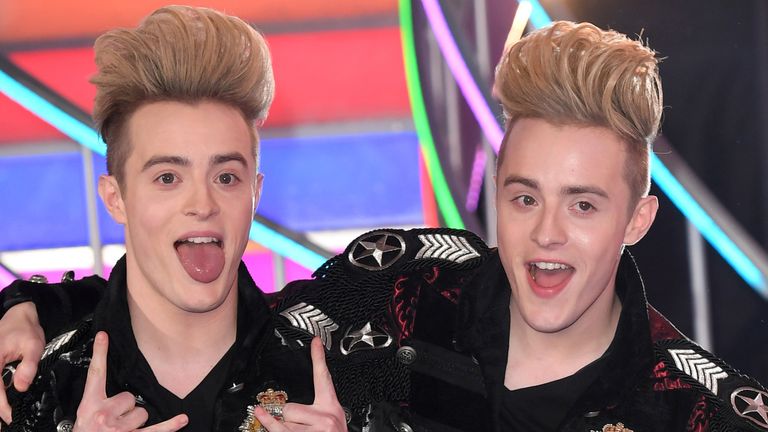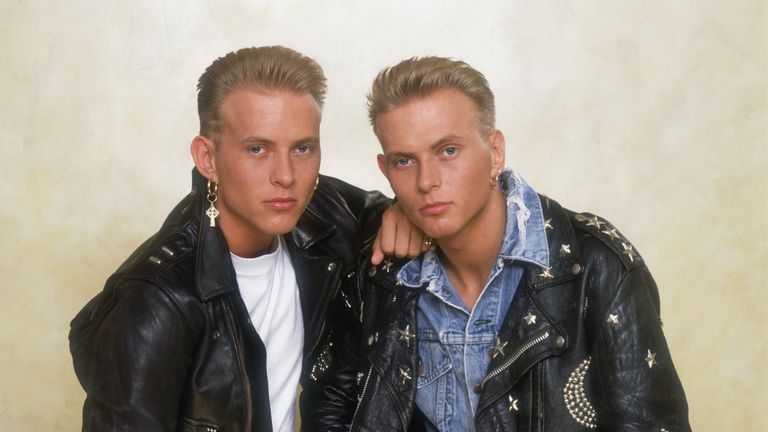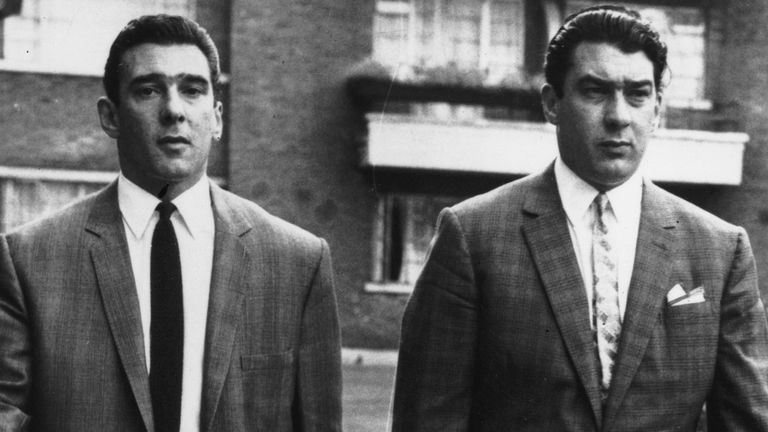Identical twins are not exactly the same genetically, research has found.
Scientists in Iceland sequenced DNA from 387 pairs of identical siblings - otherwise known as children who develop from a single fertilized egg.
Previous studies have identified some genetic differences, but a new one goes further by including the DNA of parents, children and spouses of identical twins.
"Early mutations" were found that "separate identical twins", said geneticist Kari Stefansson from the University of Iceland.
A mutation is an alteration in a sequence of DNA that can affect physical features, perhaps making one twin taller than the other.
It can also affect susceptibility to certain diseases, possibly putting one sibling at greater risk of some cancers.
A mutation occurs when a cell divides and an error is made while the DNA is being duplicated.
The researchers found that, on average, identical twins have 5.2 mutations - but Mr Stefansson said some pairs have up to 100.
His team found twins where a mutation was present in all cells of the body of one twin, but was not found in the other twin at all.
"Sometimes the second twin may show the mutation in some cells, but not all cells," Mr Stefansson added.
In the past, it was believed that physical differences between twins may have been the result of environmental factors, including nutrition and lifestyle.
Jan Dumanski, a geneticist at Uppsala University in Sweden, who was not involved in the new paper, said the "implication is that we have to be very careful when we are using twins as a model" to tease apart differences in nurture and nature.
He added that the development was a "clear and important contribution" to medical research.
Nancy Segal, a psychologist who studies twins at California State University, Fullerton, described the research as "heroic and really significant".
Ms Segal, who was also not involved in the study, added: "This will force scientists to refine our thinking about the influences of genetics and environment.
"Twins are very alike, but it is not a perfect similarity."
The research is published in the journal Nature Genetics.




